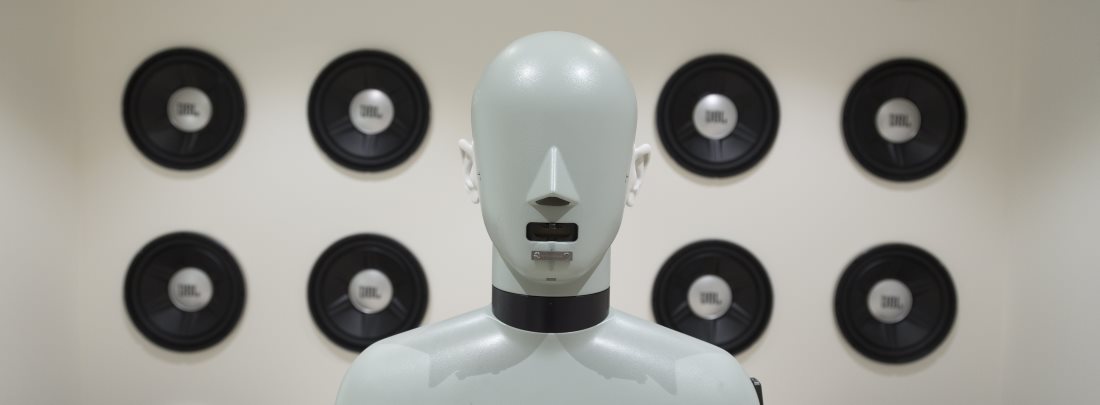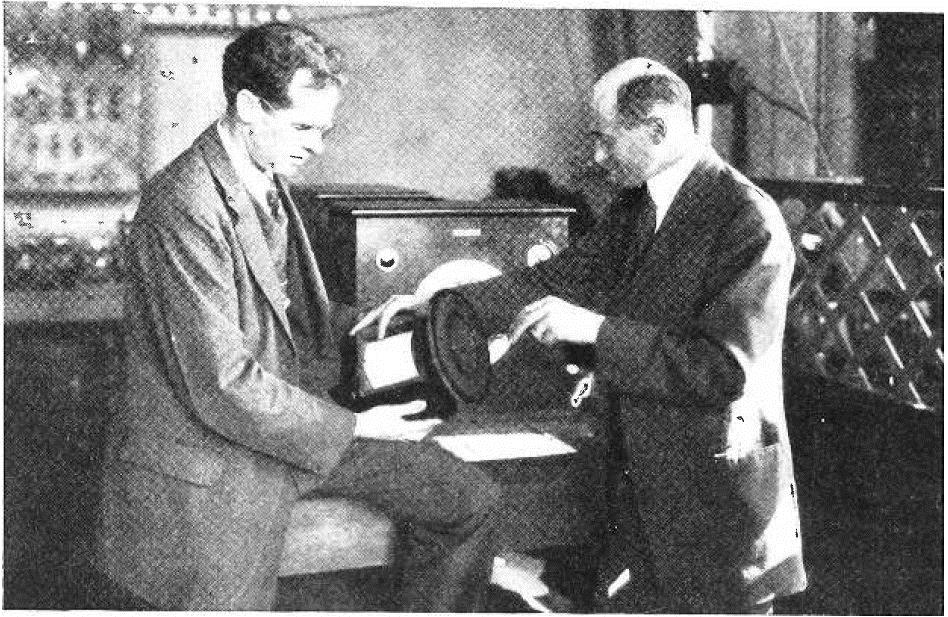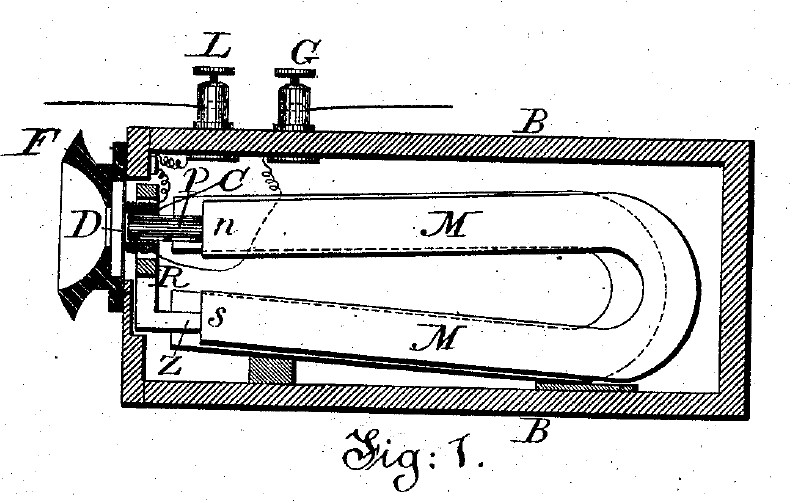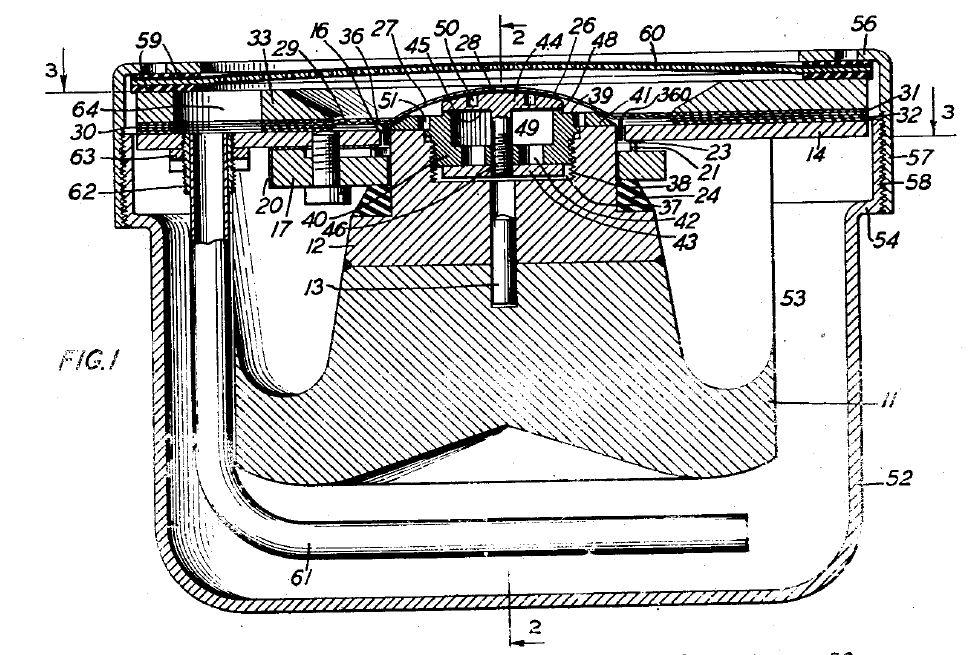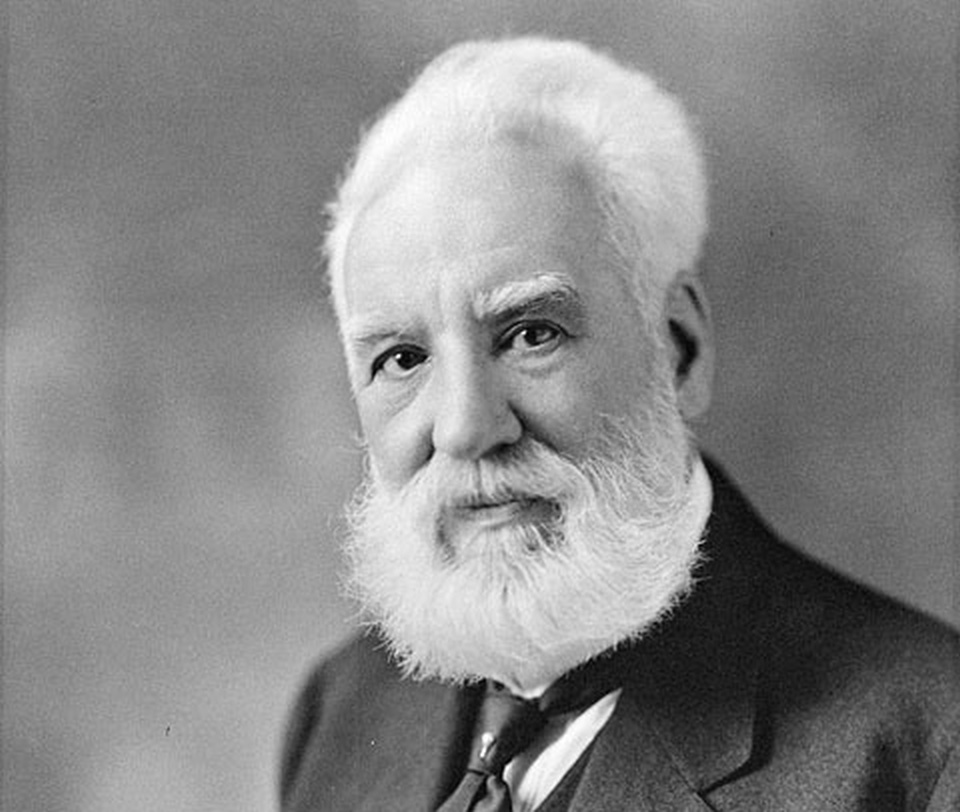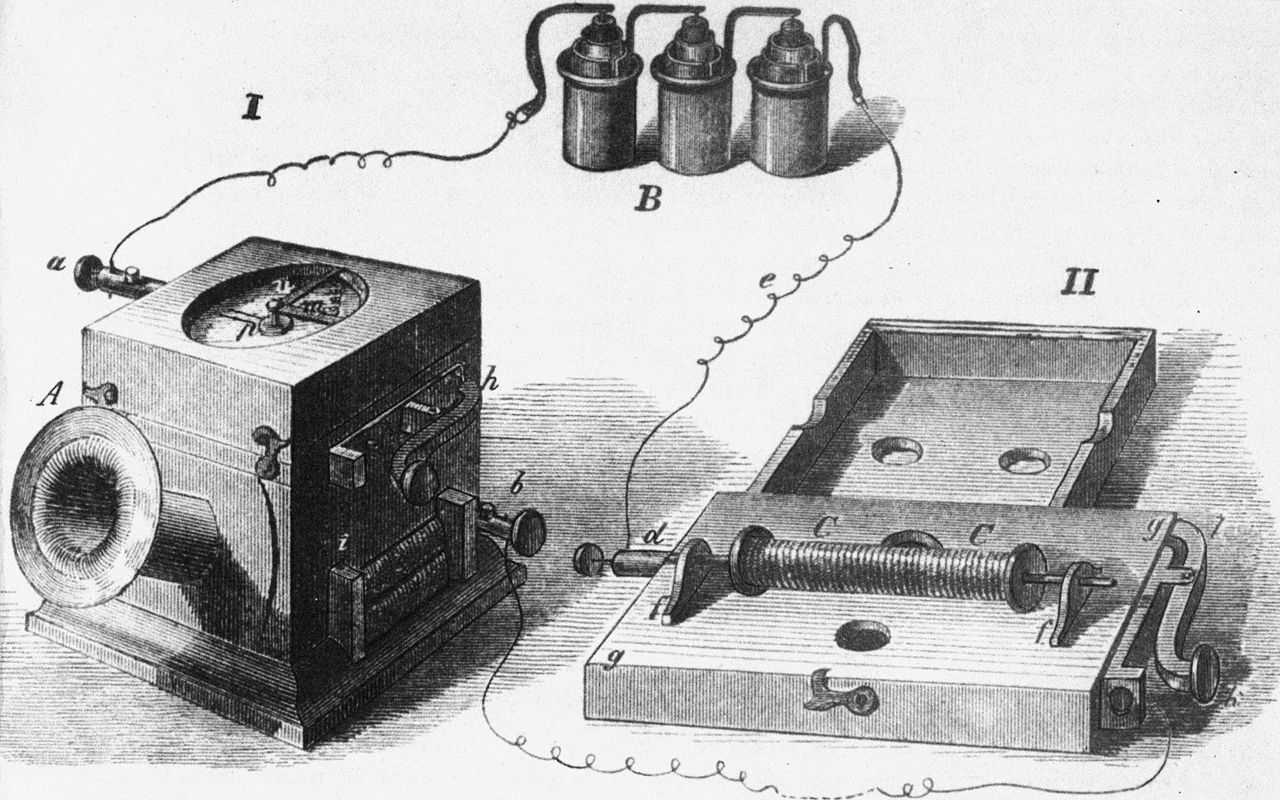In Part 4, we looked at various early variants of moving coil (or moving conductor) loudspeakers, including predecessors of the modern moving coil cone driver. In this part I will present two specific designs that made a lasting impact on loudspeaker technology. One is a direct radiator; the other is a horn driver.
In the early part of the 1920s, many researchers were working on loudspeakers, based on various principles. E.C. Wente at the Western Electric Engineering Department (to become the Bell Telephone Laboratories) worked on a small direct radiating moving coil loudspeaker that was later patented (US patent 1812389, filed April 1, 1925 and granted the same date 1935). In England, Paul Gustavus Adolphus Helmuth Voigt at Edison Bell also worked on moving coil loudspeakers and microphones. In May 1924, he applied for a patent on a moving coil loudspeaker, but unfortunately a little to late. He was beaten at the finish line by two engineers at the General Electric Company, C.W. Rice and E.W. Kellogg.
Read more…A brief history of electroacoustics, pt. 5:
Moving coil loudspeakers of lasting impact
